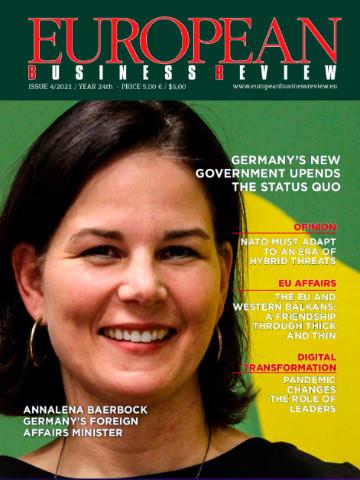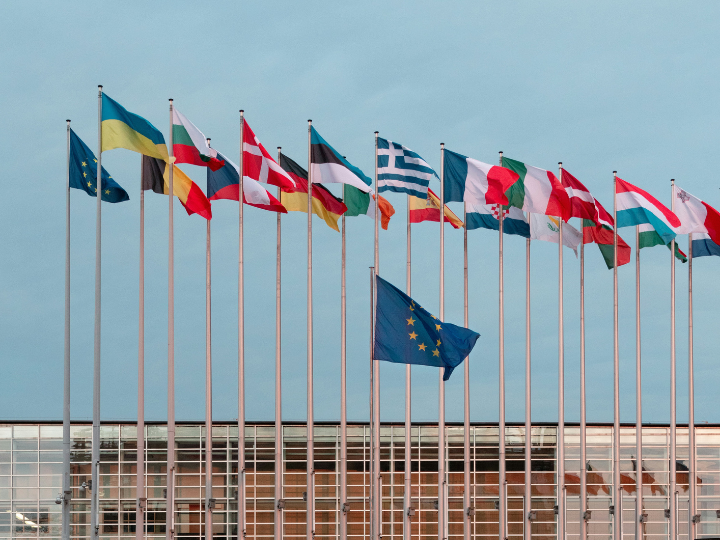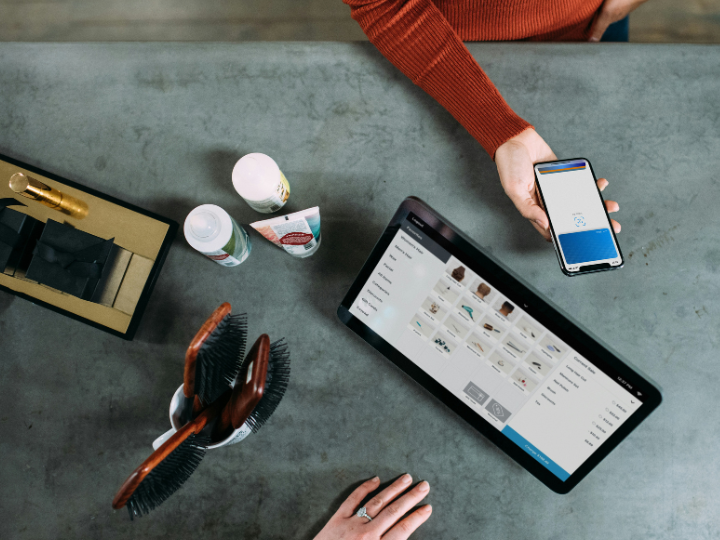By Mark Lee Hunter, Luk Van Wassenhove and Maria Besiou*
Collaborations between journalists and NGOs forge new avenues for mutual value creation – and social impact
Once an American specialty, investigative journalism has become a global movement – and as it expands, it is continuously short on resources. The decline of the mainstream news industry is a major reason. But while the media downsized, NGOs were growing fast and undertaking investigative projects of their own. For us, the question on the table is no longer whether, but how investigative reporters can collaborate with NGOs.
The main hurdles for reporters concern ethics and credibility. NGOS are considered biased, by their very nature. In this view they can provide information to journalists, like any other source. But they are not media, and so not credible.
The INSEAD Stakeholder Media Project
At the INSEAD Stakeholder Media Project, we view this trend differently – so much that we joined forces with Greenpeace to show that NGOs and investigative journalists can treat collaborations as strategic alliances, in which partners share resources and risks towards an agreed-upon goal. In strategic partnerships, working methods, standards and desired outcomes are matters of negotiation.
When we approached Greenpeace Belgium in 2017 to propose what became the Common Agricultural Policy (CAP) Project, we had that model firmly in mind. One of us has spent 17 years teaching and writing for INSEAD’s Managing Partnerships and Strategic Alliances programme. We also spent a decade researching the emergence of NGOs and other “stakeholder-driven media” (SDM) at the INSEAD Social Innovation Centre.
Greenpeace was among the enterprises from which we abstracted our business model of SDM. They exist to protect and promote the interests of specific communities. SDM are not primarily in the business of telling the public what matters. They tell people who already know what matters how they can deal with it. We’ve heard such audiences referred to as “silos” by journalists. Greenpeace has 2.8 million donating members and millions of social media followers. That looked to us like a major core audience.
The preliminaries
The first step in a strategic alliance involves due diligence. You decide what you want to achieve, then ask hard questions about your partner’s character and objectives. Greenpeace has a reform platform, and we checked it before undertaking the project. The minimum criterion for collaborating with NGOs is acceptance of their means and ends.
You also look at the resources a partner can bring. You may want partners who provide similar resources, or someone who will commit the ones you lack. That was our situation.
We had seen first-hand that CAP subsidies failed miserably to save rural Europe from depopulation, while pollution from farming reached crisis levels in places like Brittany. We knew that a story, no matter how good, would not change that. We wanted a lobbying powerhouse to turn our impact into action.
We respect the conventional view that investigative journalists must leave it to the public to demand change. That is indeed one way to change the world, but it is hardly the only way. David L. Protess and his colleagues showed decades ago that reforms based on investigative reporting depend, more often than not, on a “coalition model” of alliances created by journalists. That insight guided our project.
Resources and rewards
Greenpeace could bring other resources to the table. Our contract specified that Greenpeace would undertake legal reviews of our project, because Greenpeace has access to expert libel lawyers in every country where it operates. Greenpeace also paid the costs of hiring eight journalists, each in a different EU nation.
The key resources our team provided were expertise with specific databases, the ability to investigate companies thoroughly and to compose compelling stories on a deadline. We knew we could deliver a powerful story. Stefan Wehrmeyer of Germany’s investigative group, Correctiv, had tested the CAP’s declared goal of protecting the environment. Stefan matched the EU’s pollution database, the E-PRTR, to CAP subsidy recipients in Germany. The resultant story of how CAP funds enrich polluters became our template.
In a conference call, Greenpeace’s top agricultural expert and a scientific advisor grilled us on what we expected to find. Their team posed significant demands, but also acknowledged its vulnerability. If we failed, so might their campaign. We were asking them to share that risk.
Strategic partnership also involves deciding who gets which rewards over time. Investigative work creates assets like skills, data and relationships. We agreed to share those assets with Greenpeace. We knew Greenpeace would need the data to fact-check our work, and we wanted to build Greenpeace’s capacity to continue working towards reform.
Managing cultural conflict
In any strategic partnership, there is always an element of cultural conflict. People don’t understand each other, because they come from different backgrounds, use different terms or have different manners. Most important here was that deadlines have a different meaning for NGOs and journalists. Deadlines in news media can change depending on what else happens that day. But you cannot ask a multinational NGO to delay a campaign timed to legislative schedules. Greenpeace never stopped reminding us about time, and we delivered accordingly.
Our contract included a clause that said that if we could not prove our working hypotheses, we would prove what the data supported. Greenpeace is very concerned about cattle farming, and the principal pollutant released by cows is methane. Early on we promised to look for data to support that angle, but we finally told Greenpeace that we couldn’t obtain it. The subject was never raised again.
We also gave Greenpeace and the project team joint approval of each other’s work. Greenpeace’s national offices shared every bit of text and illustration that accompanied our stories. Greenpeace EU took our story and turned it into a report, and we had full review and correction rights. We have seen equally high standards at news media, but not always.
The results
In the end, we were able to show that CAP subsidies enable big farmers to invest in highly polluting activities. We also showed that key players had structured their enterprises so that the resultant pollution would not trigger reporting requirements. This is called “regulatory arbitrage”, and the CAP is a prime example.
In some countries – Belgium, Italy, Austria and the Netherlands – the stories were proposed by Greenpeace or our team to mainstream media and published according to their standards. We expected that in countries like France, no mainstream media would be interested, but Greenpeace owns its own media: 147,000 people clicked on our version at greenpeace.fr. There was also massive pickup by other NGOs and SDM for farmers. We also placed the original version of the English-language summary story in the UK online magazine The Ecologist.
Soon after the stories were published, a major reform in the CAP’s governance occurred: Henceforth, the European Parliament’s Environment, Public Health and Food Safety Committee shares oversight of the programme. Greenpeace was glad, and so are we. Investigative journalism is about changing the way a story ends. We showed that by using insights from business and journalism scholarship, we could help to create a change.
The ultimate test of an alliance, a business executive told me, is whether the partners would collaborate again. For us, the answer is yes. Investigative journalists must ask who is worth working with, for what, and how, starting now.
*Mark Lee Hunter is Adjunct Professor and Senior Research Fellow at INSEAD, and the author of Story-Based Inquiry: A Manual for Investigative Journalists (UNESCO 2009).
*Luk Van Wassenhove is Professor of Technology and Operations Management and the Henry Ford Chaired Professor of Manufacturing at INSEAD.
*Maria Besiou is Professor of Humanitarian Logistics at Kuhne Logistics University.
**First published in knowledge.insead.edu




 By: N. Peter Kramer
By: N. Peter Kramer

